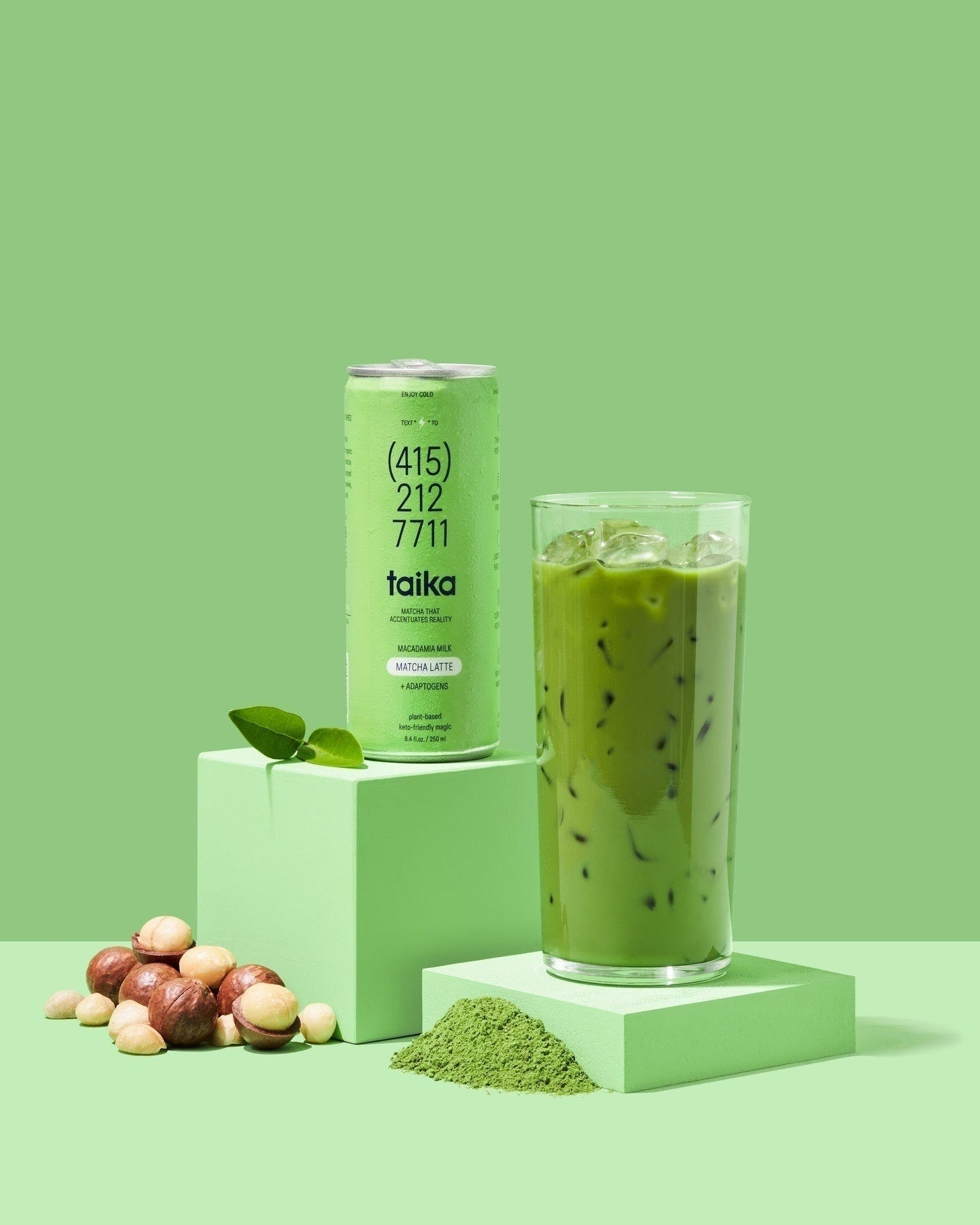Mark Slavonia (MJS) is an investor, a pilot, and an avid cyclist. He wrote about kitchen ballet, rowing machines, traveler’s checks, and more. He posts other things that are interesting on his website and on Twitter.
Mark here. Yesterday a women’s cycling team posted this image on Twitter with the caption “A feeling of history” and no explanation.
Why is this interesting?
Who is this person? Where is this strange room? To most people, the image is enigmatic, but to cycling fans, it is deeply powerful and symbolic.
The woman is Marianne Vos, the best female cyclist of all time. The place is the showers below the velodrome in Roubaix, France.
This weekend Paris-Roubaix, the greatest and most prestigious one-day bike race, will hold a women’s race for the first time in the race’s 125 year history. Paris-Roubaix is a muddy, desperate battle across cobblestone farm roads in Northern France. The race finishes on an unglamorous cycling track in Roubaix, and the very few who survive the “Hell of the North” (as the race is called) traditionally clean off the grime and mud in these famous concrete showers below the track that drip out a miserly stream of tepid water.
Look closely behind Vos and to the left. You’ll see a small brass plaque on the wall of one of the cubicles. Past winners of Paris-Roubaix are commemorated by having one of these cubicles named after them. There are, of course, no women’s names. Throughout Vos’s amazing career, she’s never had the chance to race in Paris-Roubaix, perhaps the ideal stage for her unique talents that combine fitness, courage, grit, and astonishing bike handling skills.
Vos is wearing the black and yellow uniform of the Jumbo-Visma team, the same black and yellow kit worn by the men of the Jumbo-Visma team. A growing trend in cycling is for top men’s teams such as Jumbo-Visma, Movistar, and Trek-Segafredo to sponsor a women’s squad as well. Vos’s teammate Wout van Aert is one of the favorites in the men’s race. But some of the more traditional forces that control cycling are fighting against this trend. For example, Patrick LeFevere, director of the Deceuninck–Quick-Step team that has dominated Paris-Roubaix for the past three decades, recently said that he won’t have a women’s team because he’s not interested in running a charity.
Women’s professional cycling faces a quandary. Riders are expected to train, dress, live, and ride like male professional athletes, but they earn a fraction of the salary and have fewer, less prestigious races to compete in. The Tour de France organization, which also runs Paris-Roubaix, doesn’t even host a women’s Tour de France, instead offering a watered-down weekend sideshow for women cyclists. Only a few women pros can earn a full time living as bike racers, the peloton is weakened by racers who have to drop out of the sport or take full-time jobs, and then the riders face criticism for not being strong enough, or professional enough, to handle the biggest events.
The good news is that the solution to this problem is our attention. This edition of WITI is my attempt to grab yours. Sports run on the money that chases our attention. The more fans that a sport attracts, the more it can afford to hold top events, pay living wages, and build a 125-year history worthy of legend. Marianne Vos and the women taking part in the inaugural women’s Paris-Roubaix deserve this.
The women race 116 km (72 miles) on Saturday, October 2, 2021, starting at 1:35 p.m. Paris time and finishing around 4:45 p.m. The men race 258 kilometers (160 miles) on Sunday, starting at 11:00 a.m. Paris time and finishing around 5:00 p.m. Both races will be broadcast live on NBC’s Peacock Network. Watch the men’s race if you can, but don’t miss the women. (MJS)
Quick Links:
The excellent 1976 documentary A Sunday In Hell is available on Youtube and closes with a famous scene of the riders in the Roubaix showers. (links directly to the shower scene)
No U.S. rider has ever won Paris-Roubaix, but one winner of Paris-Roubaix later became an American and found fame and fortune. His name was Albert Champion and he founded the spark plug company that still bears his name. (MJS)
Want to read an entire article about the showers below the Roubaix Velodrome? Here you go. (MJS)
The 1990 Paris-Roubaix was decided by one centimeter, or 1/25 millionth of the race length, possibly the closest major sporting event of all time by the metric of winning margin divided by total time. (MJS)
__
Partner Post: Taika
We’ve been fans of Taika since their inception. The team has made a perfect canned cold brew plus adaptogens that remove the jitters you get from normal coffee. Now, they’ve moved on to even greener creative pastures with a new Matcha Latte. It is a blend of USDA organic ceremonial grade matcha, sourced from a 100-year-old Japanese producer, coupled with their blend of adaptogens to create smooth, balanced energy. For those wanting to watch their caffeine intake, this clocks in at a responsible 60mg per can, half of their coffee offerings. Plus, there are zero added sugars and delightfully creamy, house-made macadamia milk high in healthy fats and protein.
WITI readers can get free shipping by clicking here.
__
Thanks for reading,
Noah (NRB) & Colin (CJN) & Mark (MJS)
—
Why is this interesting? is a daily email from Noah Brier & Colin Nagy (and friends!) about interesting things. If you’ve enjoyed this edition, please consider forwarding it to a friend. If you’re reading it for the first time, consider subscribing (it’s free!).







The picture used is not part of the women's race, Arrenberg forest does not figure on the Paris-Roubaix femme.
Vive las femmes!